Turkistan
Turkistan
Turkistan (sometimes Turkestan) is a Silk Road town, located in Southern Kazakhstan and also one of the oldest cities of Kazakhstan, dating back to the past for more than 1500 years. It is also the capital of the Turkestan region surrounding it. Turkistan city is located between the cities of Kyzylorda in the northwest and Shymkent in the southeast. Tashkent, the capital of Uzbekistan is also not far away towards the south. The city contains the most impressive monuments and most important pilgrimage sites of Kazakhstan, including the Timurid Mausoleum of Khoja Ahmed Aassaui. Now Turkistan is an industrial, educational and cultural center of Southern Kazakhstan.
Turkistan is split into the is the old city and the new city. The most sights interesting from a tourist point of view are in the old part of the town but there are also sights worth seeing in the new part of Turkistan.
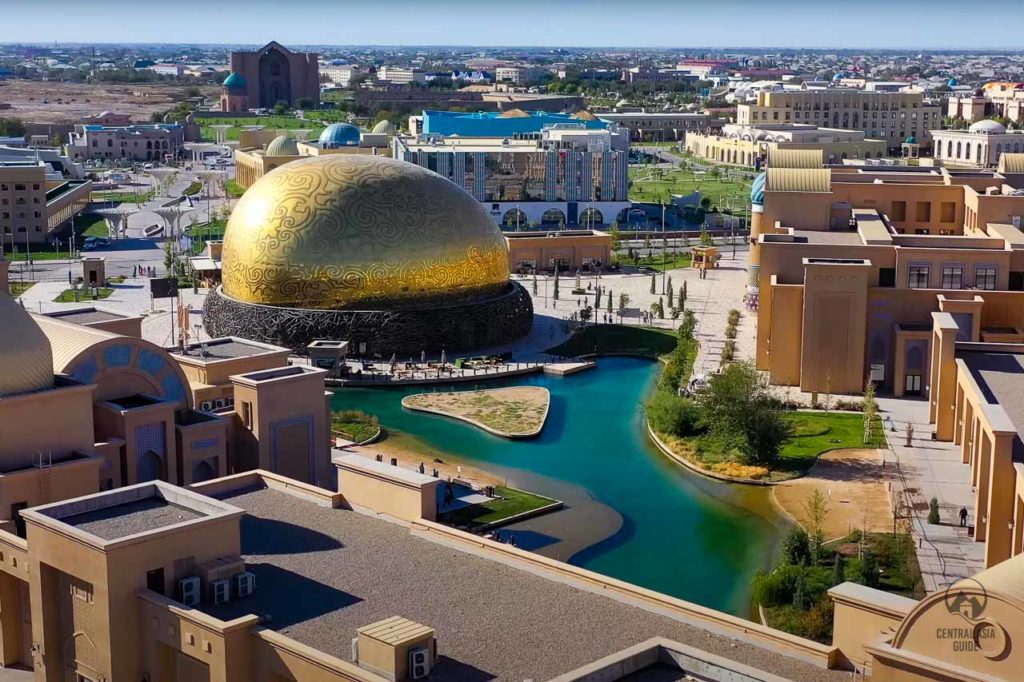
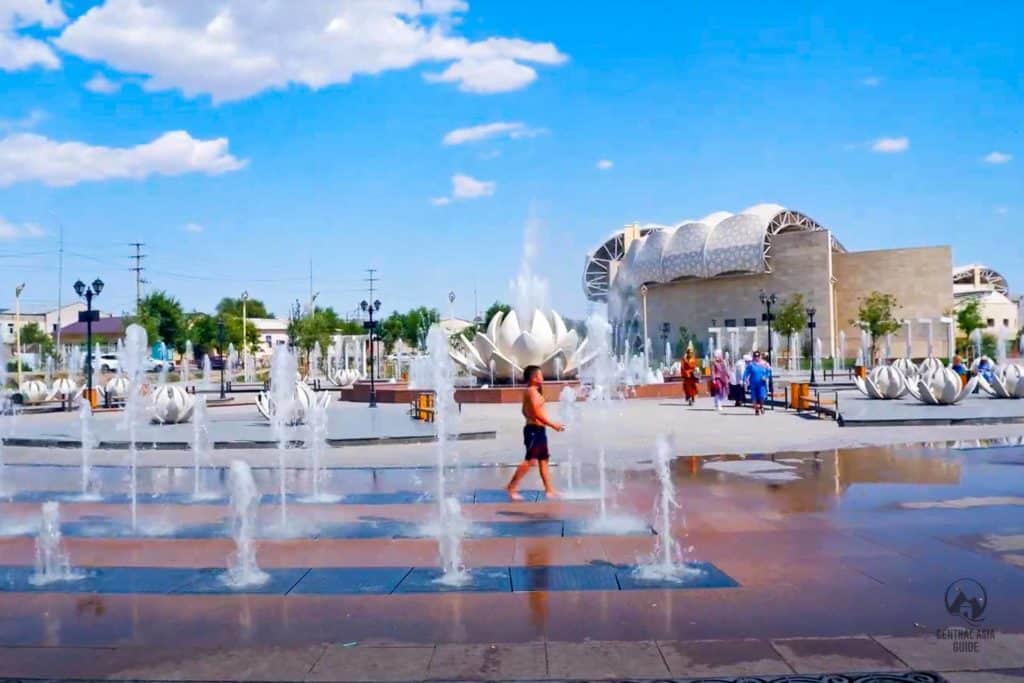
History of Turkistan
The first citylike settlement of Turkistan arose at the beginning of the 6th century AD. In the 12th century, the famous Sufi poet, mystic and teacher of Turkic peoples, Khoja Ahmed Yassavi preached here. In the 14th century, the troops of the conqueror Tamerlane arrived to Turkistan. In order to gain the confidence of the steppe nomads, Tamerlane renamed this city to Iasi in honor of Khoja Ahmed Yassavi.
Later, Iasi received a new name of Turkistan. In the 16th century Turkistan was chosen as the capital of the Kazakh Khanate and stayed as it until the 19th century when Russia started to conquer the Central Asia. For already several centuries, Turkistan has been a place of pilgrimage among Muslims who are interested in the mausoleums of Arystan-Bab, the Ukash, who according to the legend, was one of the companions of the Prophet Muhammad, and the mysterious cave with the oasis Ak Mechet.
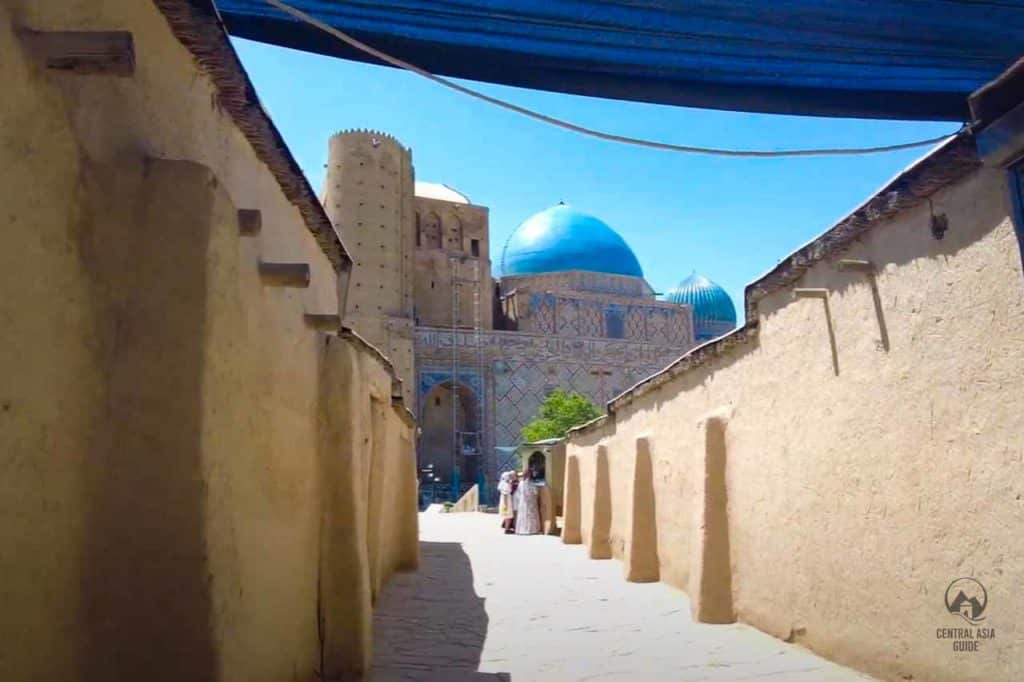
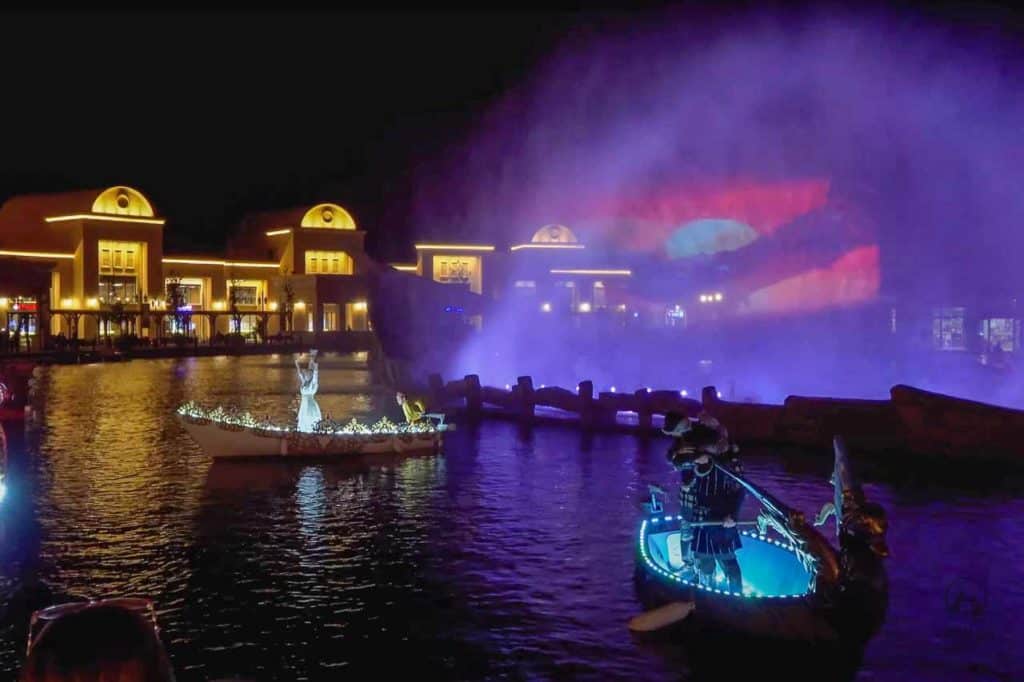
Turkistan sights
Turkistan History Museum
The Historical Museum of Turkistan is located in the historical and architectural monument of Kazarma along the Tauke Khan Avenue. The museum is placed in the area of Ancient Turkistan. Originally the building was built to house the lower ranks of the first group of the Turkistan rifle battalion.
The exposition of the museum consists of 8 sections: monuments of the stone, bronze and early iron eras, the Turkistan oasis of the Turkic period, the city of Shavgar, the city of Yasy, Khoja Ahmed Yassavi, the Ancient city of Turkistan, Turkistan the capital of the Kazakh Khanate, Turkistan the spiritual center of the Turkic world.
Khoja Ahmed Yassaui
Mausoleum Complex
The huge mausoleum complex in Turkistan is built in honor of the 10th century Muslim mystic Khoja Akhmet Yassawi, who died in the city and is buried on the site.
The large Mazar built over the mausoleum was commissioned by Tamerlane and its unique turquoise roof attracts flocks of pilgrims every year. It is also a Unesco World heritage site and the most important historical architectural monument of all Kazakhstan. It reminds a lot the other Timurid era buildings one can find in Samarkand.
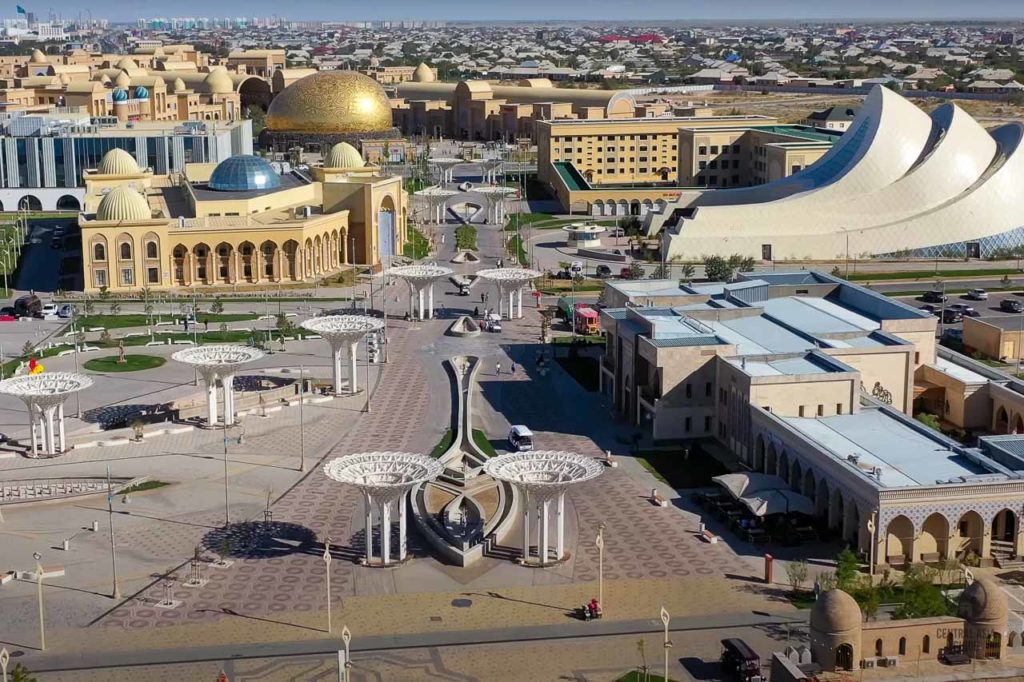
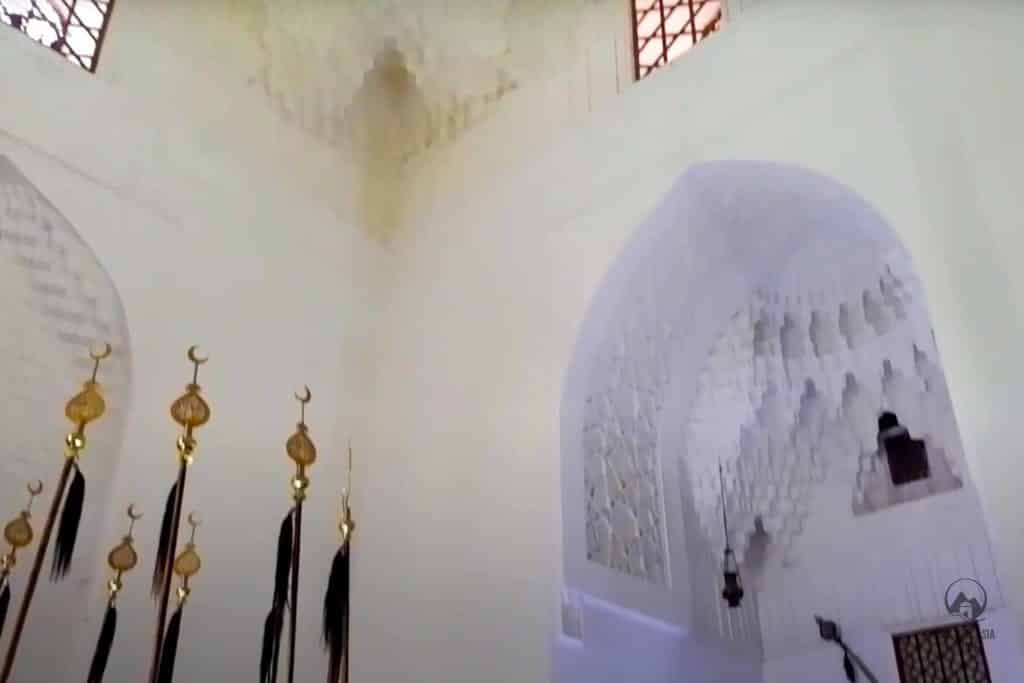
What to see near Turkistan
Otrar
Otrar (or Otrartobe, the Otrar hill) is a significant destination with the ruins of the formerly prosperous Silk Road town of Otrar. The ancient town of Otrar also know as Farab and is situated next to the modern Otrar town, 60 km southeast of Turkistan. Situated in the Silk Road of Kazakhstan, Otrar was a center of a great oasis and key spot linking China with Europe and Siberia with the Middle East. The Otrar oasis is placed at the junction of the Arys river into the Syrdarya, a territory of ancient agriculture.
Abn Nasr Farabi was allegedly born in this place in 870 (Other sources tell of him being born in Afghanistan) and Timur died in this place in 1405. It has all the typical features of a medieval Central Asian town: citadel, shahristan (a town in itself), rabat (suburbs) and fields, everything surrounded by walls.
Otrar Museum
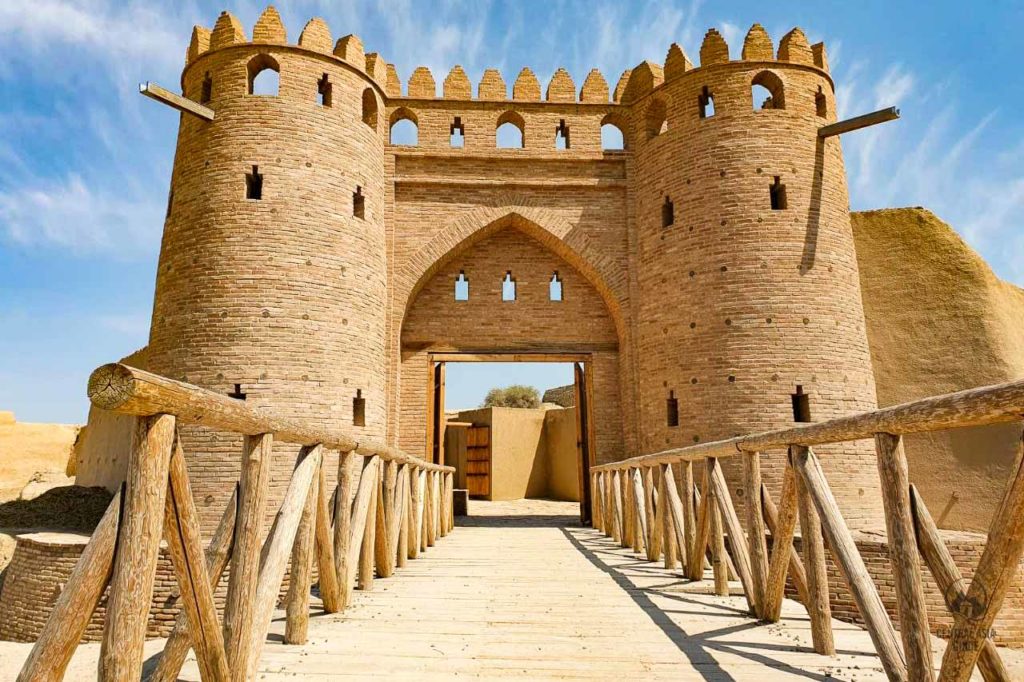
In the same area as Otrat Tobe there is a state historical and cultural reserve Ancient Otrar Museum, where you can find a numerous of archaeological findings from pottery to weaponry and adornments. Another room is devoted to the scientist and philosopher, Al-Farabi, born here around AD 872.
Arystanbab Mausoleum
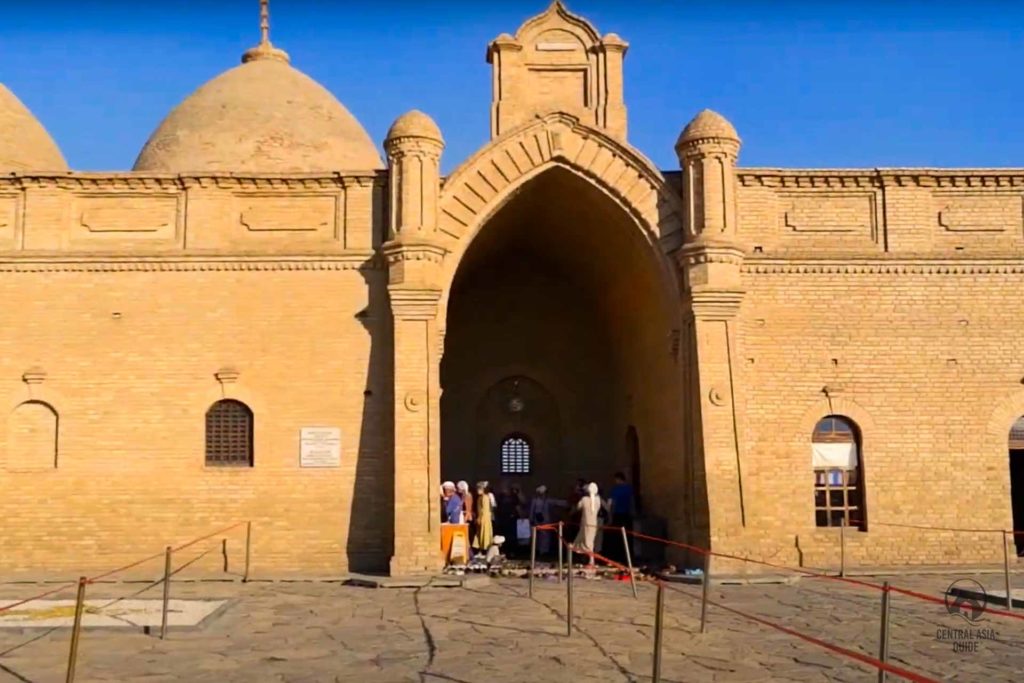
Arystan Bab was the mentor of Ahmed Yassawi and the pilgrimage to the great mausoleum in Turkistan is often followed by a visit to the mausoleum of his teacher.
Sauran
Sauran was once the largest city in Kazakhstan and the capital of the Kazakh Khanate. Today the city lies in ruins with only birds, tortoises and grasshoppers living there. When entering through the large gates of the city, it’s immediately clear that Sauran was once a major stop along one of the branches of the Silk Road.
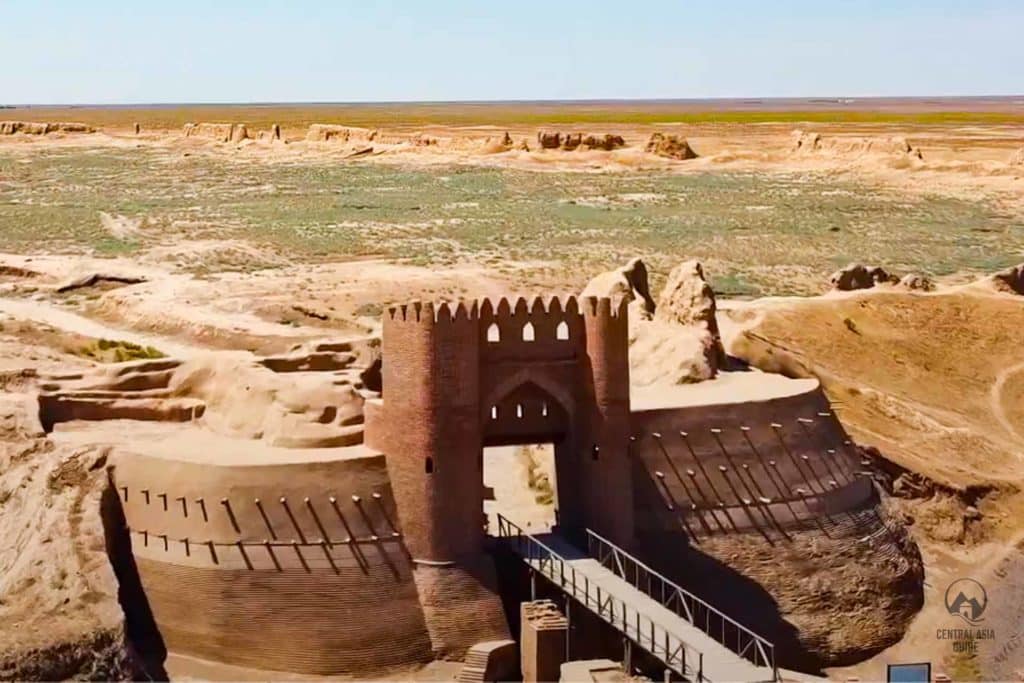
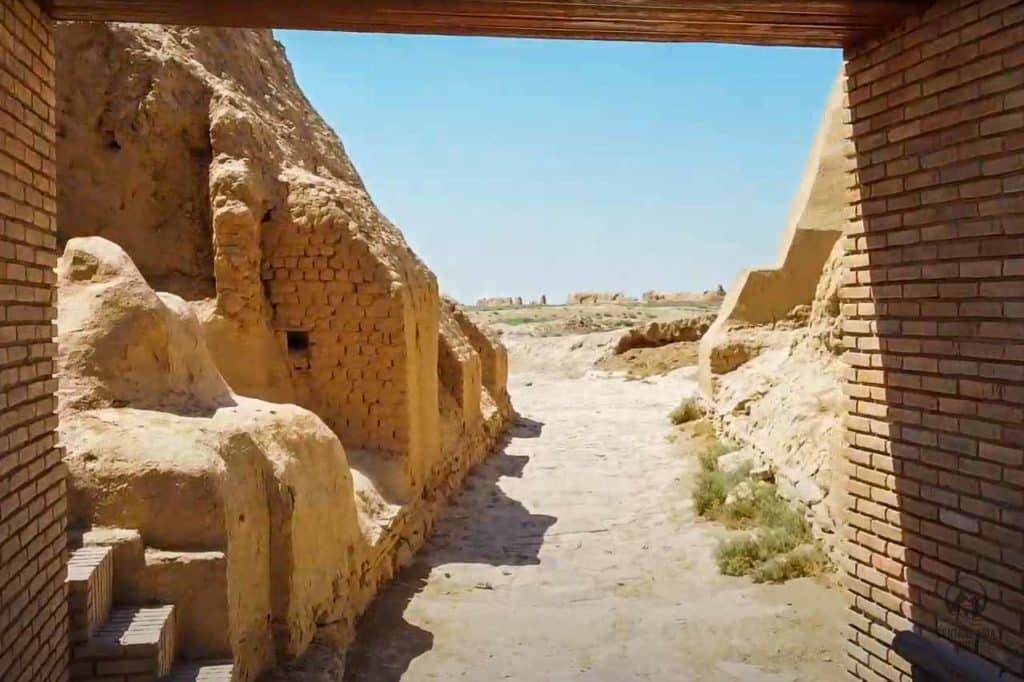
The expansive ruins of Sauran have been only partly dug out but the excavations have already revealed a sophisticated system of underwater canals that kept this oasis thriving. There has also been some restorative work done, clarifying the lay out of this Medieval city.
It seems that the city with the name of Sauran changed its location on several occasions due to the changing course of the Syr Darya, that was the city’s for water source. Sauran has been mentioned in texts since the 10th century, but this location seems to have been inhabited only from the 13-14th centuries all the way until the 18th century.
It was one of only a few cities of Central Asia that survived the Mongol onslaught. The city administrators must have learned their lesson from nearby Otrar, which taunted the Mongols and was subsequently razed to the ground, with all inhabitants killed. Later Sauran even became the the capital of the Mongol White Horde, and later, a military fortress under Tamerlane and the capital of the Kazakh Khanate.
In the end, people gradually abandoned it, probably because of a lack of water and the nearby Turkistan gained in importance instead.
The walls itself are still many meters high in some places but crumbling in several locations but still provide shade from the strong sun and sometimes from the temperatures rising above +40C.
Travel to Turkistan
Plane
The Turkistan International Airport is located 20 km from the city center. There are flights from Astana and Almaty to Turkistan and seasonal flights from Istanbul by Turkish Airlines. Turkistan can also be reached through Shymkent airport that has regular flights from Almaty, Astana and Aktau, together with some international flights.
Train
Turkistan is located along the Orenburg Tashkent railway (Trans-Caspian Railway) and served also by the trains passing by between Shymkent and Kyzylorda. However, the train station is located outside of the town.
Bus / Taxi
You can get from Shymkent to Turkistan by bus, it departs from the Samal international bus station.
The bus journey usually takes a little over two hours from Shymkent to Turkistan.
Other sights & destinations near Turkistan
Page updated 22.2.2023